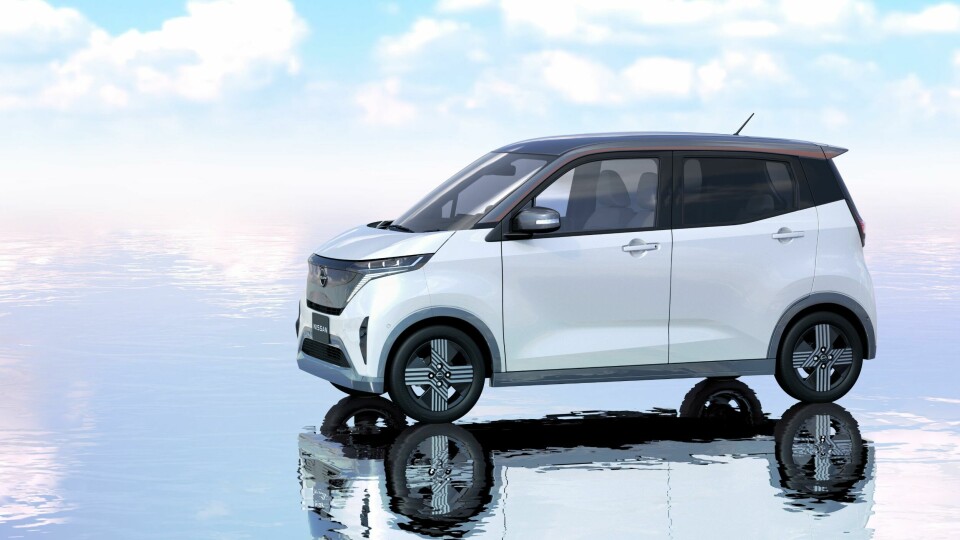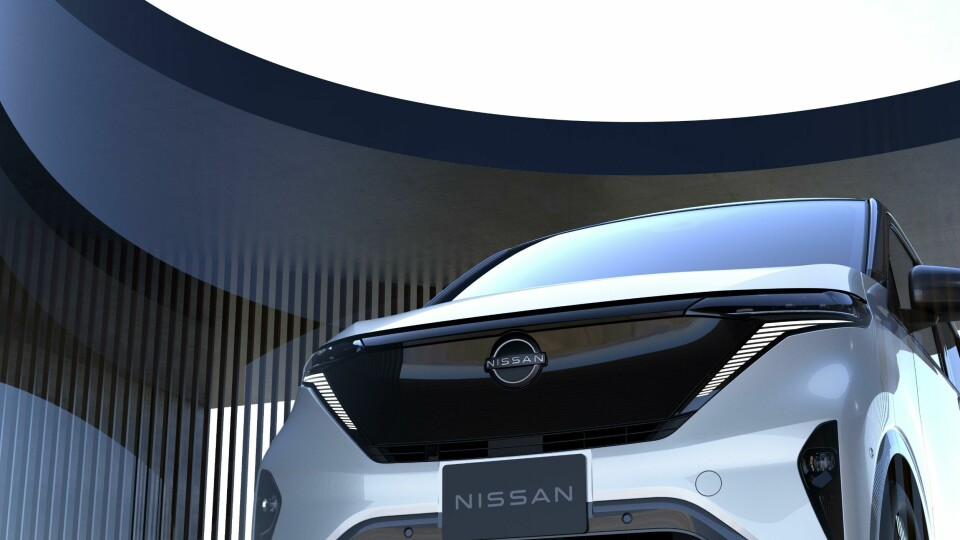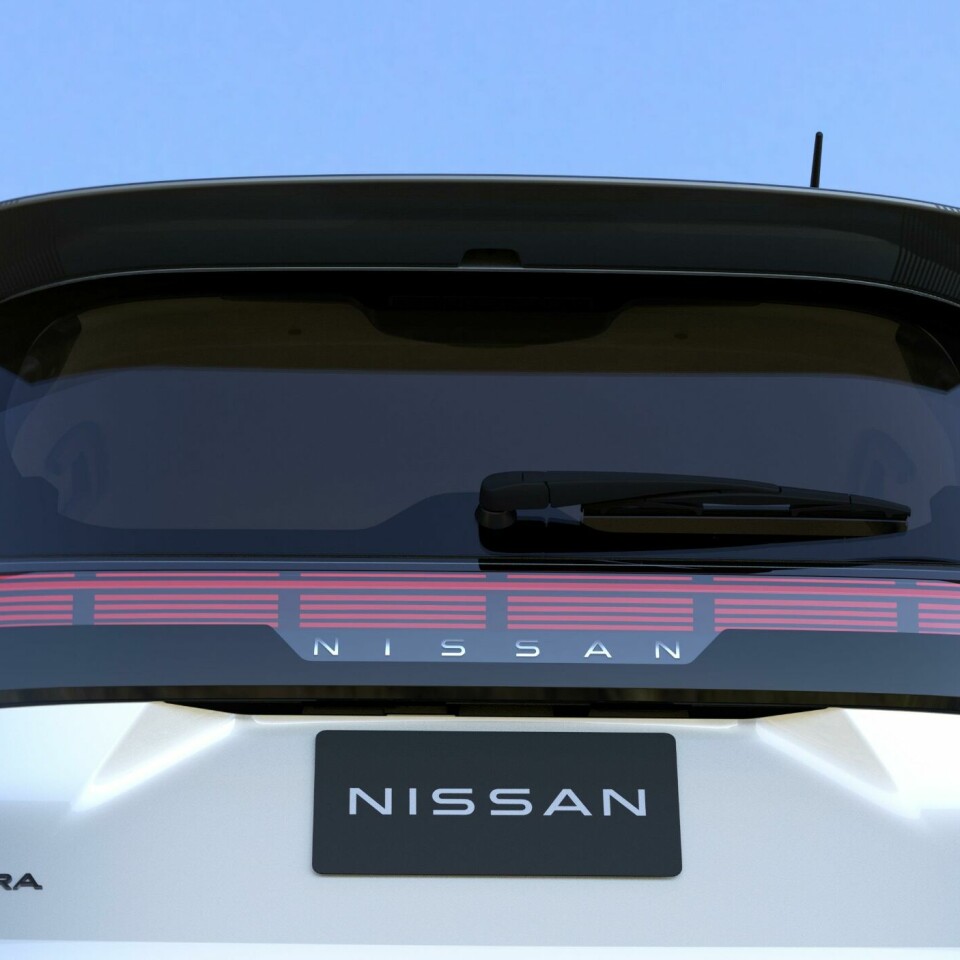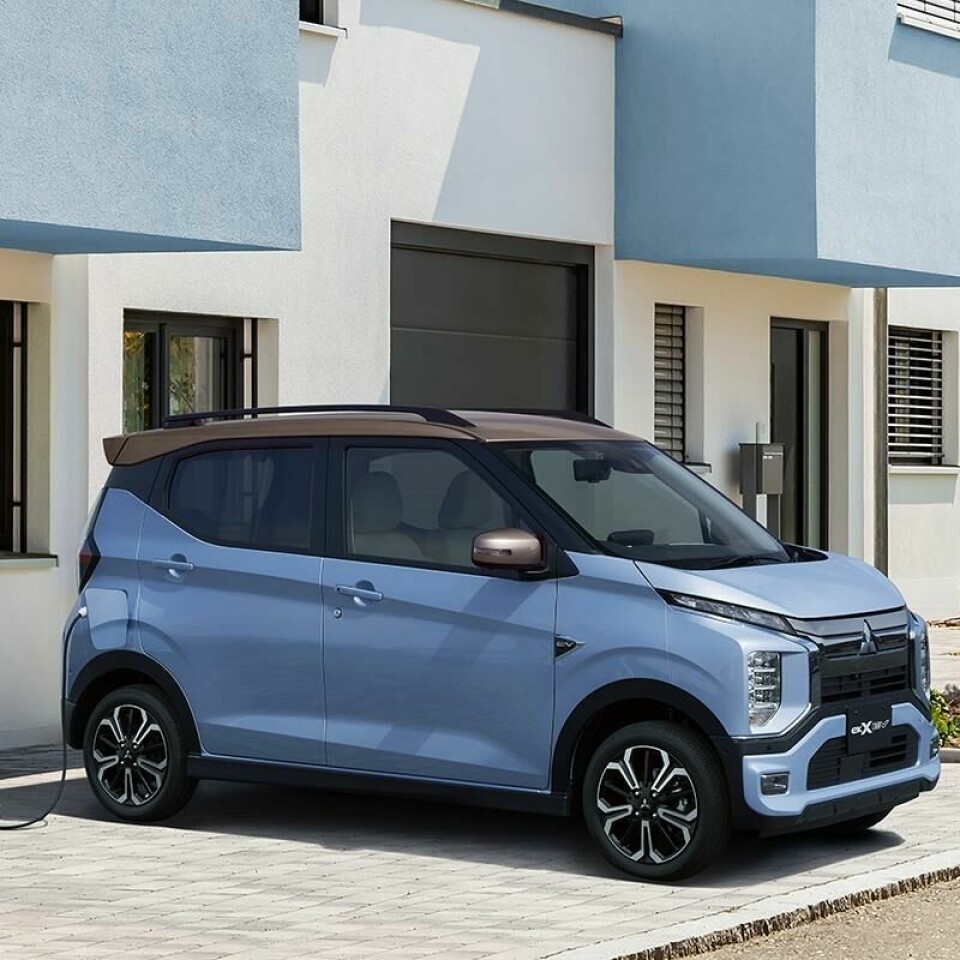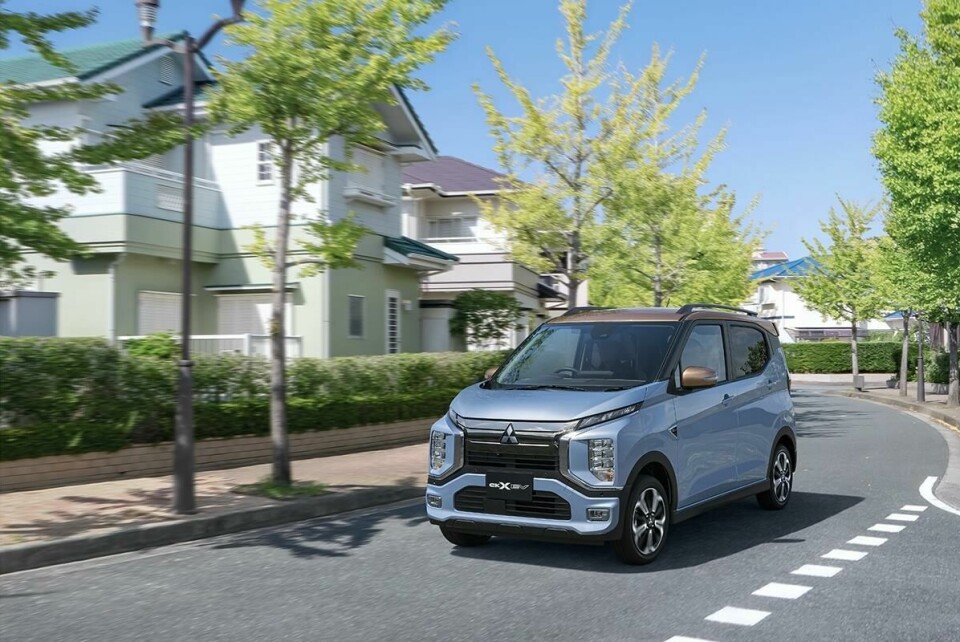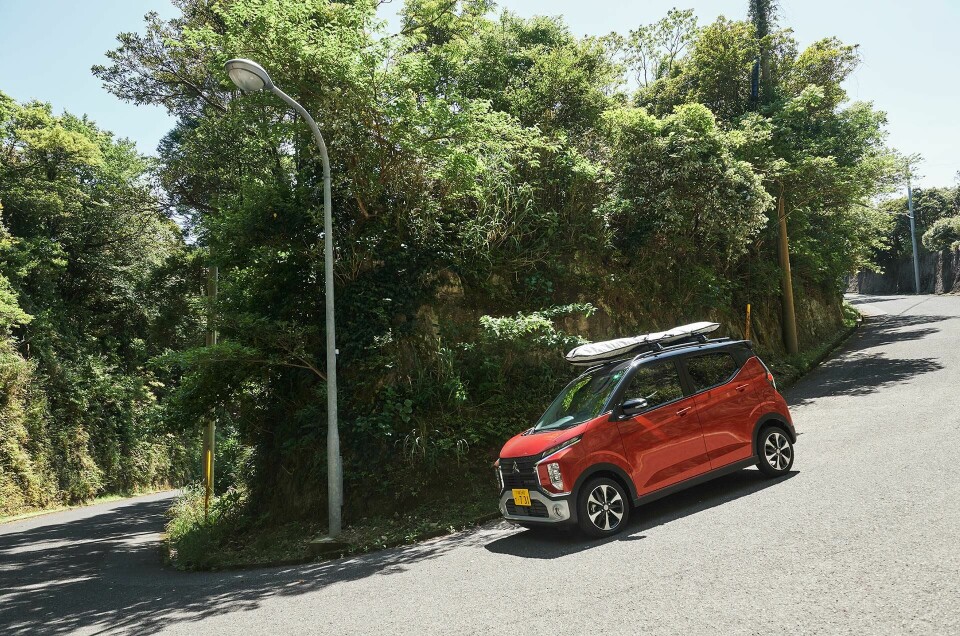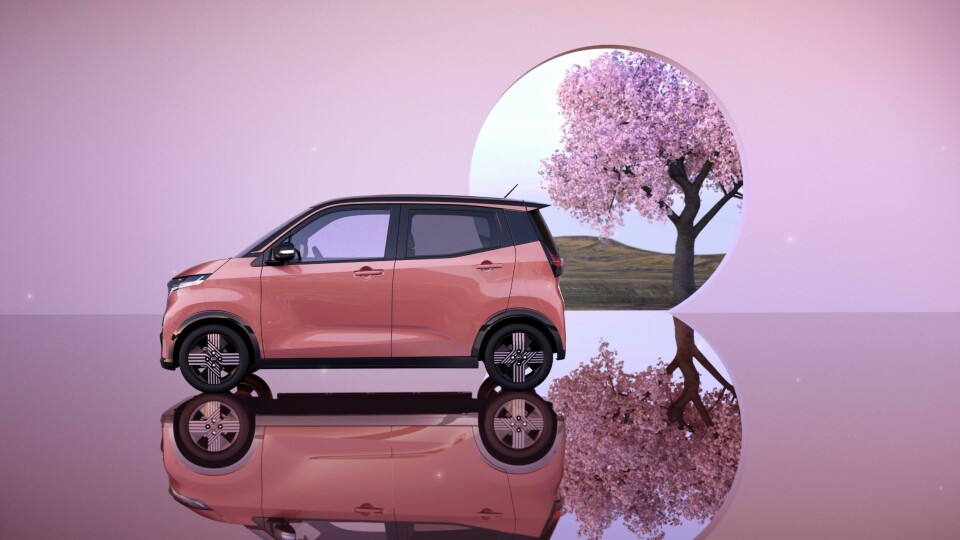
Nissan and Mitsubishi team up for Kei car duo
Electric powertrains are revamping one of Japan’s most popular vehicle segments. Car Design News spoke with Nissan designers to find out more
The first electric Kei cars from Nissan and Mitsubishi’s joint venture, NMKV, have rolled off the line. Revealed at an understated event in Japan, the pair of diddy city cars did not take up much space on stage, but NMKV hopes they will make a big impact on the domestic market.
Confusingly, one of each model was paraded in front of the audience before the covers were lifted on two more that had been parked on stage. The eK X EV and Sakura from Mitsubishi and Nissan respectively will go on sale in Japan this summer. The eK X name may already be familiar to some, with a gasoline version on sale since 2019.
The two models share the same body and powertrain, but they are not identical. Both have their own distinct design languages, with the Sakura sharing a similar front end to the Nissan Ariya, while the eK X EV (pronounced E-K cross) resembles a taller, narrower Eclipse Cross. The latter follows on from the IMk concept revealed in 2020, a “reimagined Kei car” which was built around the idea of “Timeless Japanese Futurism.”
We started by abandoning conventional concepts
The Sakura is reasonably restrained, with a large front grille that eats into what little hood sits below a towering front windscreen. A small rear spoiler adorns the roofline, while tiny wheels give the impression of a much larger car – almost like an MPV. The Mitsubishi’s front end is much busier, with an almost flat face and an array of LED lights, chrome and gross black accents. They are otherwise very similar on the outside, not surprising for models co-developed by the same manufacturer with the same underpinnings.
“To design the next generation, high-quality compact EV, we started by abandoning conventional concepts,” Nobutaka Tase, program design director at Nissan, told Car Design News. Elements of the Nissan Ariya were purposefully carried over to the Sakura, they say, “so that the consistency of our EV design is evident at a glance.” The aim, they say, was to “transcend existing Kei vehicles with a high-quality, sophisticated design that would blend naturally into both the urban cities and the traditional Japanese landscape.”
The new models are simple in design but aim to make a dent in what is a highly lucrative corner of the auto industry. Makoto Uchida, president and chief executive officer of Nissan, said at the launch that Kei cars account for around 40% of the Japanese passenger car market. The joint venture plans to expand the Kei car line-up in coming years. Echoing the design team, Uchida spoke of mirroring “the beautiful cherry blossoms that are representative of Japan.”
Kei cars have been around for about seven decades. They come in all different shapes and sizes, from cute two-seater roadsters and family hatchbacks to MPV-like microvans. Owing to size and weight regulations that keep Kei cars as compact as possible, many end up a little top heavy to ensure the cabin is not cramped. Consider the Honda Vamos, Toyota Pixis or Daihatsu Hijet, for example. Nissan’s design team says it selected a “simple, daring design with large aspects to convey sense of presence which exceeds the actual size of the vehicle.”
Kei cars have generally been cramped and slow, but Nissan says that, thanks to its zippy electric powertrains and subsequent opening-up of space, these new models break the norm. To give some perspective on just how small these cars are, they come with a 20kwh battery pack but still offer around 110 miles of range. The eK X EV offers 195nm of torque – roughly double that of the gasoline version.
